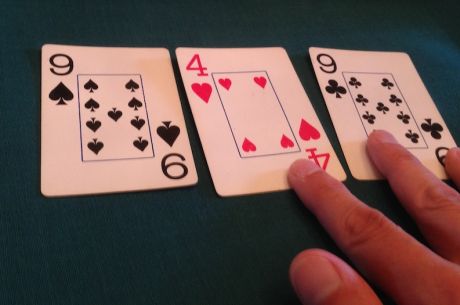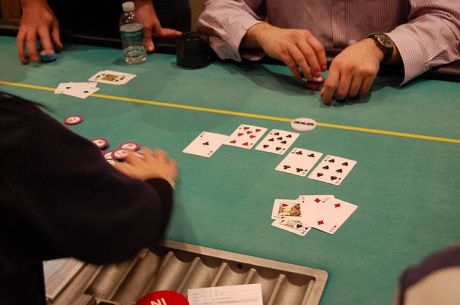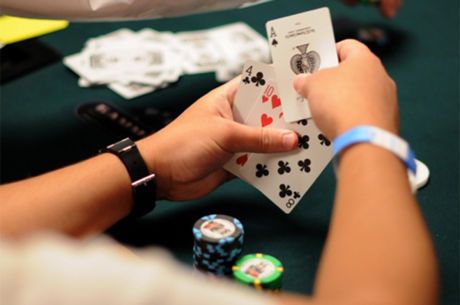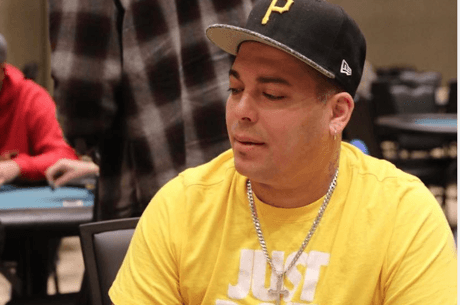Phil Galfond on Pot-Limit Omaha Tournament Strategy: Tight is Right
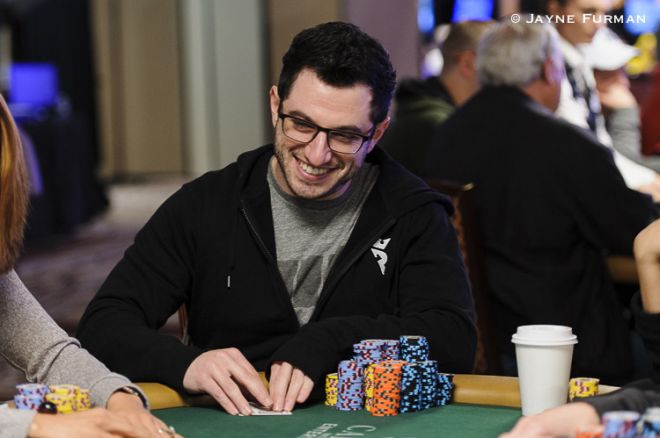
Phil Galfond is a pot-limit Omaha legend, both online and live. He earned his first WSOP bracelet in 2008 in a PLO event before picking up his second this summer in the $10,000 No Limit 2-7 Draw Lowball Championship. We caught up with Galfond yesterday at the start of the dinner break in the $50,000 Poker Players Championship to ask him about PLO tournament strategy.
Pot-limit Omaha continues to be a hugely popular game. This year’s $1,000 PLO event at the World Series of Poker broke the record for biggest non-hold’em live tournament, as 1,293 players took part. This gives us more than enough reason to dive into some PLO tournament strategy talk with the man known as “OMGClayAiken.”
Galfond began by pointing out how PLO tournaments start out a lot like cash games, with deep stacks and lots of room to move around. But as the game gets shorter, the action changes considerably.
“With shorter stacks you can’t get away with playing as loose, because there is less room to maneuver,” Galfond explained. “You’re going to have to tighten up a bit, and as you approach the bubble, the final table, or when at the final table, ICM situations make you need to tighten up even more just because there are so many spots in PLO where [it will go] raise-reraise-call and you’re both going to flop a hand you have to go with,” Galfond said.
The fact is, getting into a coin-flip situation on the flop is much more prevalent in PLO than in no-limit hold’em, notes Galfond — something worth taking into account before becoming too liberal when calling reraises before the flop.
If you’re not too used to playing pot-limit Omaha, in cash or tournaments, the preflop three-betting strategies in PLO might be quite foreign to you. Galfond explains that the game definitely plays a lot differently than NLHE before the flop.
“I certainly fold more to three-bets in PLO tournaments compared to cash games, but if you do that you can get run over a little as well,” he said. “I combat that by opening a bit tighter and then I have the hands that I can continue with, and if they want to three-bet me with really bad hands it will hurt them more than me.”
Being dealt pocket aces in pot-limit Omaha also requires completely different approach than in hold’em, something those with PLO experience already know. Galfond offered his take on how to approach those AxAxXxXx hands, which might be among the trickiest to play in this game and format.
“Even in cash games I wouldn’t be reraising with most of my aces versus a raise and three callers, just the more premium ones. In a tournament especially, there is less incentive [to reraise] for two reasons…”
- it’s introducing variance that you don’t need; and
- a lot of players three-bet less frequently in tournaments, so when you do three-bet I think people put you on aces more often than they would in a cash game and maybe even more often than they should...
…it then goes three- or four-way to the flop, and they [will have hands that] play very well against your hand.”
This discussion might make it sound as though you should be three-betting more in PLO tournaments, since your opponents will suspect your range to be stronger than it actually needs to be to be three-betting. But when asked if this is the case, Galfond said “yes and no,” going on to stress the need to balance your play.
“I think people will play poorly when you three-bet non-AxAxXxXx hands or decent hands that are not aces that don’t contain ace-king, because those are the boards they let you win on. But [by three-betting] you’re introducing the variance you don’t really want in a tournament, especially as you get [deeper].”
Reducing variance seems to be the right way to play PLO tournaments, so can we argue that we should always just be calling with aces before the flop rather than reraising?
“I wouldn’t say always, but usually,” answers Galfond. “If you’re short enough to get a third of your stack in, or more, then I think it’s probably best to push your equity while you have it. The other nice thing, even when you get only a quarter of your stack in, you do end up with a lot of fold equity on the flop. Depending on the situation, if you’re five from the money when 100 players cash, then I would just be calling, but in normal situations I would just three-bet.”
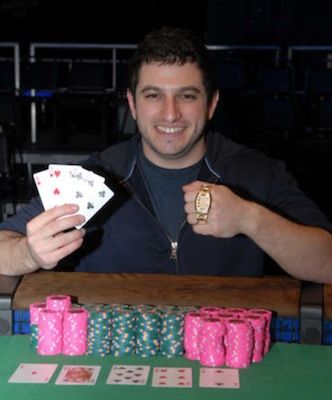
Then there’s the one situation we all hate — being the short stack. A lot has been written about short-stacking strategy in no-limit hold’em tournaments, but how do we approach being on the short side in PLO?
“Especially in PLO there really is no need to panic as you get short, because there are no antes. In a nine-handed tournament, the blinds are coming around only once every nine hands and they are not that big generally, compared to a no-limit hold’em tournament where there are a lot of antes in the pot and where you [can] get anted away.”
“In PLO, you can really wait for your spots. I see it a lot in PLO tournaments — people get short and they feel like they need to make a move, and [often] they feel like they need to three-bet, but you just don’t. You can stay patient in PLO tournaments.”
Before Galfond went on his way to enjoy the rest of his dinner break we asked him one last quesetion. So... tight is right in PLO tournaments? Galfond smiled as he responded.
“More or less,” he said. “It’s not fun, but it’s right.”
Want to stay atop all the latest in the poker world? If so, make sure to get PokerNews updates on your social media outlets. Follow us on Twitter and find us on both Facebook and Google+!


